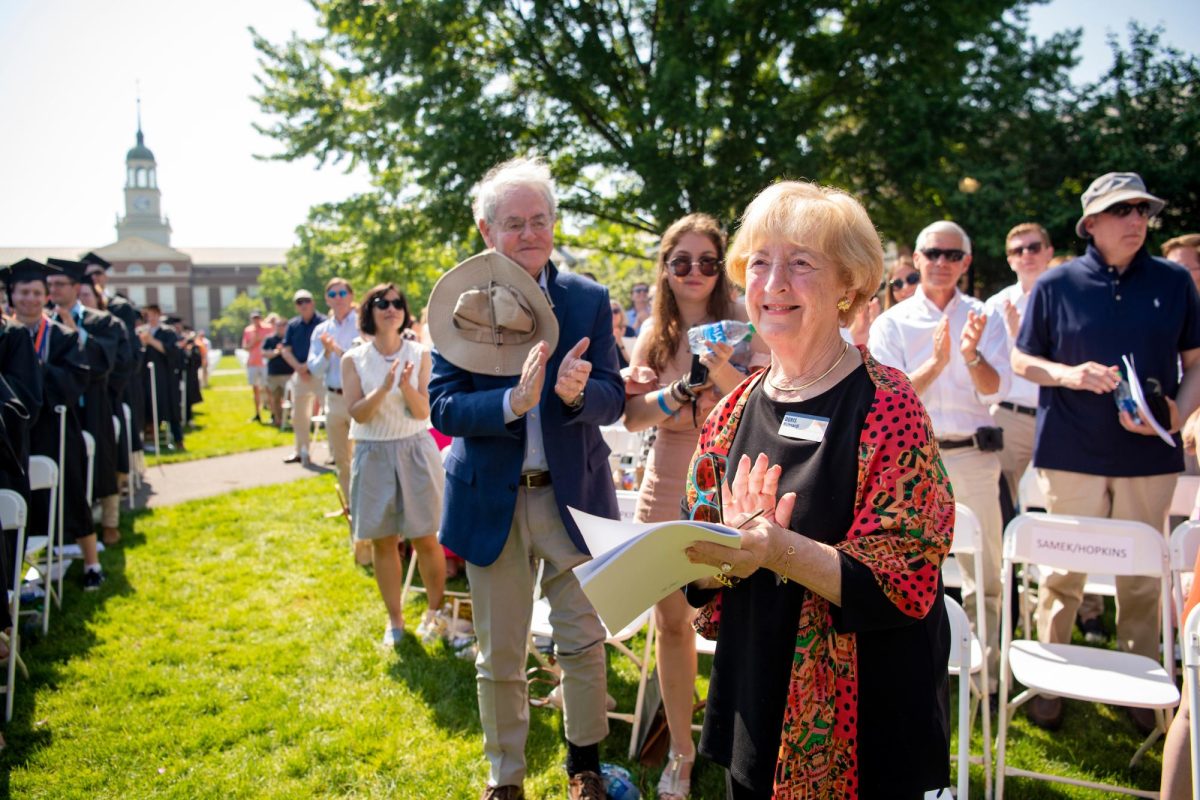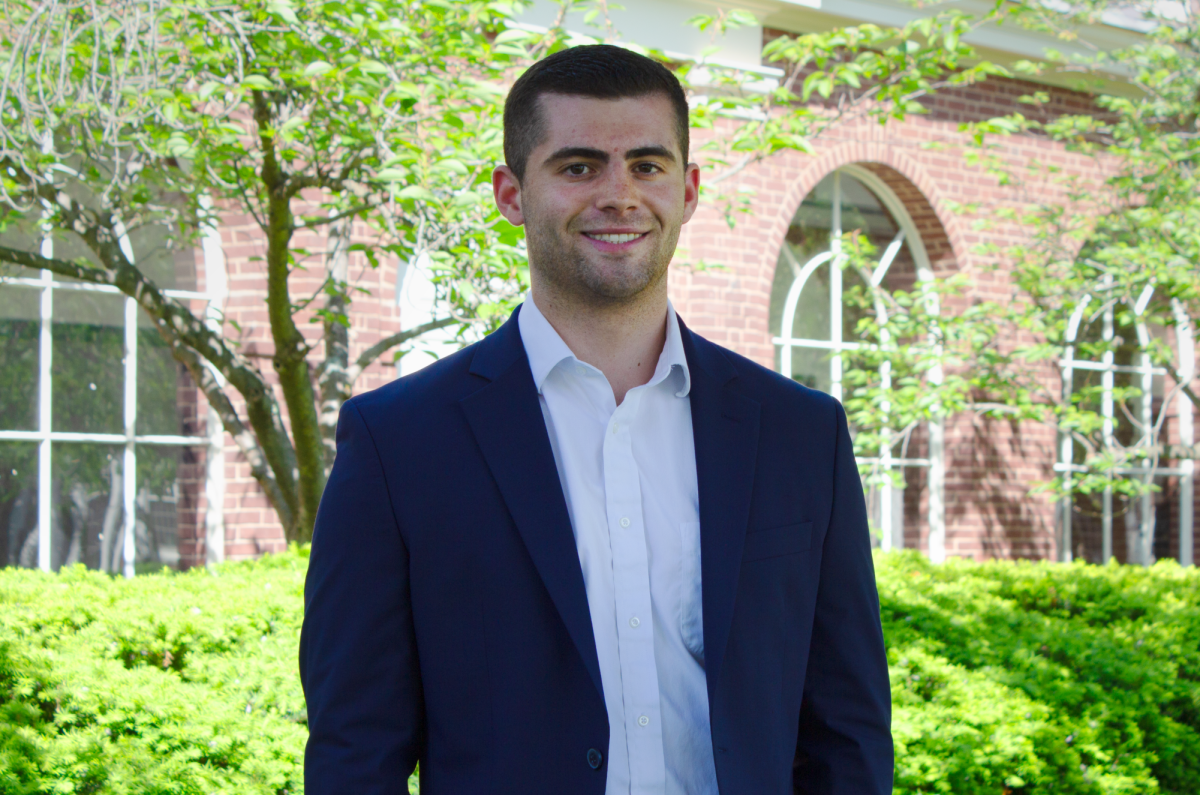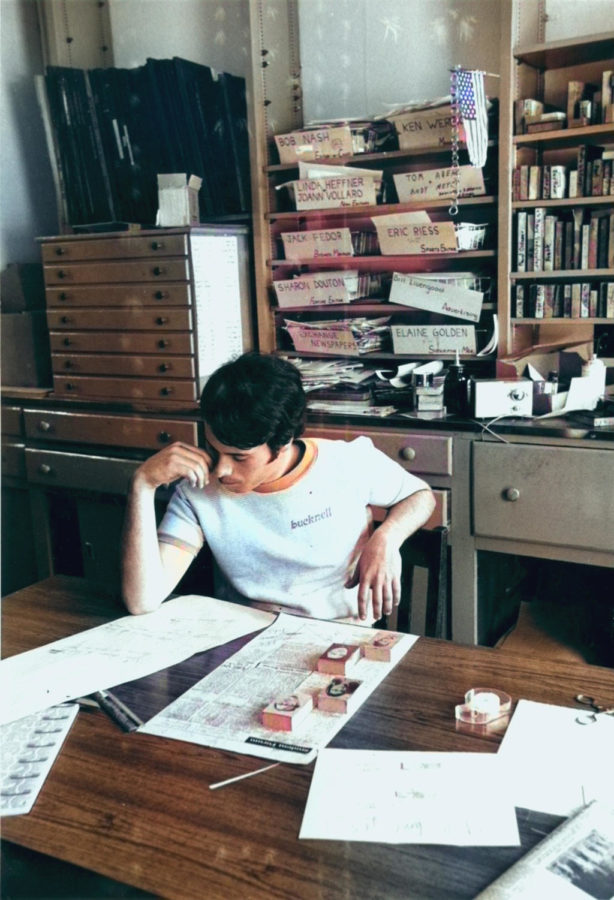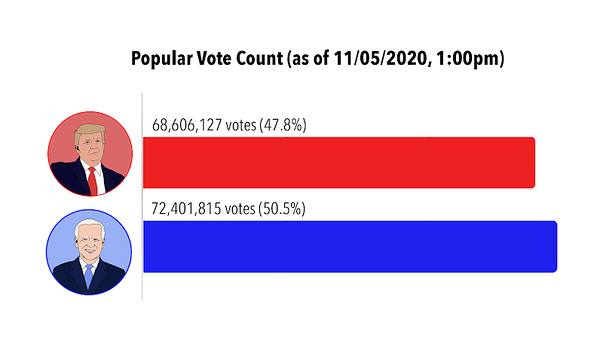“Human memory can be as fragile if not more so, as various types of physical trace evidence.” This observation forces us to re-examine the limits of human memory and perception. Treating memory as a form of trace evidence implies that its inherent weaknesses should prompt us to seek additional corroborating evidence before reaching a conviction. This statement reinforces the idea that relying solely on eyewitnesses’ recollection is risky. It implies that since memory is vulnerable to distortion or decay, corroborating testimony with other forms of evidence is crucial for reliability.
Imagine your life depending on a stranger’s memory. Scary, right?
Eyewitness accounts are subject to numerous biases and inaccuracies. Factors like stress, lighting, the passage of time, and even the phrasing of questions during an investigation can distort recollections. Even if pristine procedures are followed, these shortcomings mean that such testimony might be misleading.
Tyrone Day’s story is a powerful example of wrongful conviction and the profound impact of later forensic breakthroughs. In 1989, Day was implicated in a sexual assault case in Dallas that leaned heavily on eyewitness identification (notably, a description involving a white hat) rather than concrete physical evidence. With no DNA evidence available at the time, this identification led to his conviction. He spent 34 years in prison for a crime he did not commit.
Mr. Day maintained his innocence, but on February 2, 1990, he pled guilty in Dallas County Criminal District Court. His decision was driven by several factors: his defense attorney warned that a trial could result in a life sentence, while a guilty plea might offer a chance for parole after just four years. Facing significant health challenges and the responsibility of caring for two young daughters, Day felt he had little choice but to accept the plea deal. However, instead of the anticipated four years, he was sentenced to 40 years in prison.
Law enforcement didn’t check the victim’s clothes for DNA after the eyewitness identification. Day did not just accept his fate, because he knew he was innocent, so he made use of the resources he had available to prove his innocence. After about 8 years of trying, he finally had a breakthrough.
The clothes were brought from evidence and examined for DNA. This process, however, took years. The results came back: DNA of two different males and a low trace of a third male, none of which belonged to Tyronne Day, were on the clothes.
This issue is a major concern in the legal system, and many experts advocate for reforms to improve how eyewitness identifications are gathered and used in court. The goal is to make sure that convictions are based on reliable evidence rather than memory distortion. “Mistaken eyewitness identification is a primary contributor to criminal convictions of the innocent. Pristine procedures for collecting and documenting eyewitness identification evidence can help prevent these mistakes.”
To remedy these vulnerabilities, incorporating independent forms of evidence is essential. When eyewitness testimonies are combined with physical evidence (like DNA, digital footage, or forensic analysis), the overall reliability of the evidence increases significantly. By integrating additional evidence, the criminal justice process becomes more robust and less prone to a mistaken identity.
This comprehensive, multi-evidence approach doesn’t just support and strengthen legal proceedings, but also reinforces public trust in the justice system. With independent evidence validating eyewitness accounts, there’s a higher assurance that the verdicts are based on a well-rounded narrative. This approach could aid with the presence of sexual assault cases which are present on many college campuses, including Bucknell University. The background knowledge of this approach could assist with the procedure of dealing with prosecuting the suspect.



















